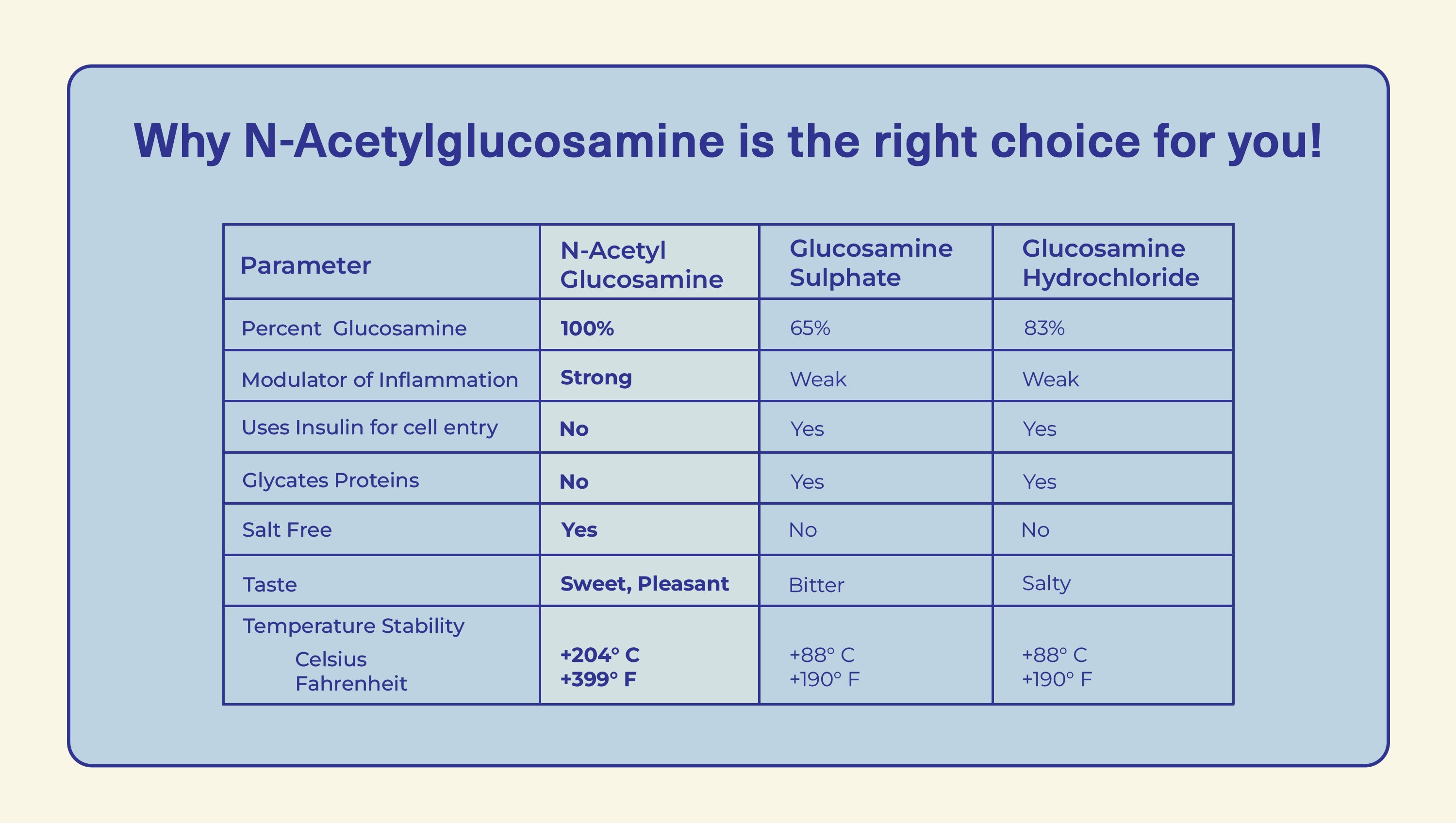

· By Ankita Ahlawat
The Winter Joint Health Survival Guide: Embrace the Cold with Confidence
Winter Brings with it a magical wonderland of snowflakes and cozy moments by the fireplace. But for many it also brings with it an unwelcome visitor: joint pain. Our joints may be affected by the temperature drop, resulting in discomfort and stiffness.
Impact of cold weather on joints:
As the thermometer drops, you might notice that your joints start to protest a little more. What causes this to occur? Our joints can be impacted by the cold in a number of ways:
- Constriction of blood vessels
- Changes in joint fluid viscosity
- Muscle tension and stiffness
Recognizing winter related joint issues:
It's important to identify the symptoms of winter-related joint problems before we discuss tips for winter joint comfort. These signs frequently consist of:
- Increased joint pain and stiffness, particularly during cold spells.
- Reduced range of motion in affected joints
- Aching or throbbing sensations within the joints
- Discomfort that worsens with exposure to cold or damp conditions
Practical tips for winter joint comfort:
Here are some practical suggestions to keep your joints comfortable this winter:
- Layer your clothing and dress warmly as this is the cornerstone of keeping your joints comfortable. Wearing multiple layers of clothing makes it easier to keep heat close to your body, keeping your joints warm.
- Stay active and incorporate warm up exercises: Maintaining joint flexibility requires regular exercise. Spend a few minutes doing gentle stretches to warm up your joints before venturing outside into the chilly weather.
- Use heat therapy: Heating up your joints can provide comfort. To relieve joint discomfort, think about using heating pads, warm baths, or heated blankets.
- Manage your diet and hydration because both have an effect on joint health. To ease joint pain, eat a healthy, anti-inflammatory-rich diet. By drinking enough water, you can keep your joints lubricated and operating without difficulty.
Nutritional support for winter joint health:
Winter joint health is significantly influenced by nutrition. The following nutrients can offer significant joint support when included in your diet:
- Omega-3 Fatty Acids: Omega-3s, which are present in fatty fish like salmon and flaxseeds, have anti-inflammatory properties that ease joint pain.
- The "sunshine vitamin," vitamin D, is essential for the health of your bones and joints. Consider vitamin D supplements or foods with added vitamin D since there is less sun exposure in the winter.
- Foods high in antioxidants, like berries and leafy greens, can reduce inflammation, which is good for your joints.
- Warm bone broth in a cup is calming to the joints. Collagen and amino acids are present, which promote joint health.
Wellesley perspective on holistic winter health:
Even in the depths of winter, Wellesley promotes a holistic method of wellness. To manage joint discomfort brought on by the cold, incorporate mindfulness, relaxation, and stress-reduction practises into your daily routine.
Conclusion
Joint discomfort and pain don't have to go hand in hand with winter. You can have a comfortable and pain-free winter by taking proactive steps to keep your joints warm, staying active, and incorporating joint-friendly foods into your diet. Keep in mind that maintaining joint health requires year-round effort, but with the right care, you can enjoy the splendour of winter without feeling the chill in your joints.



